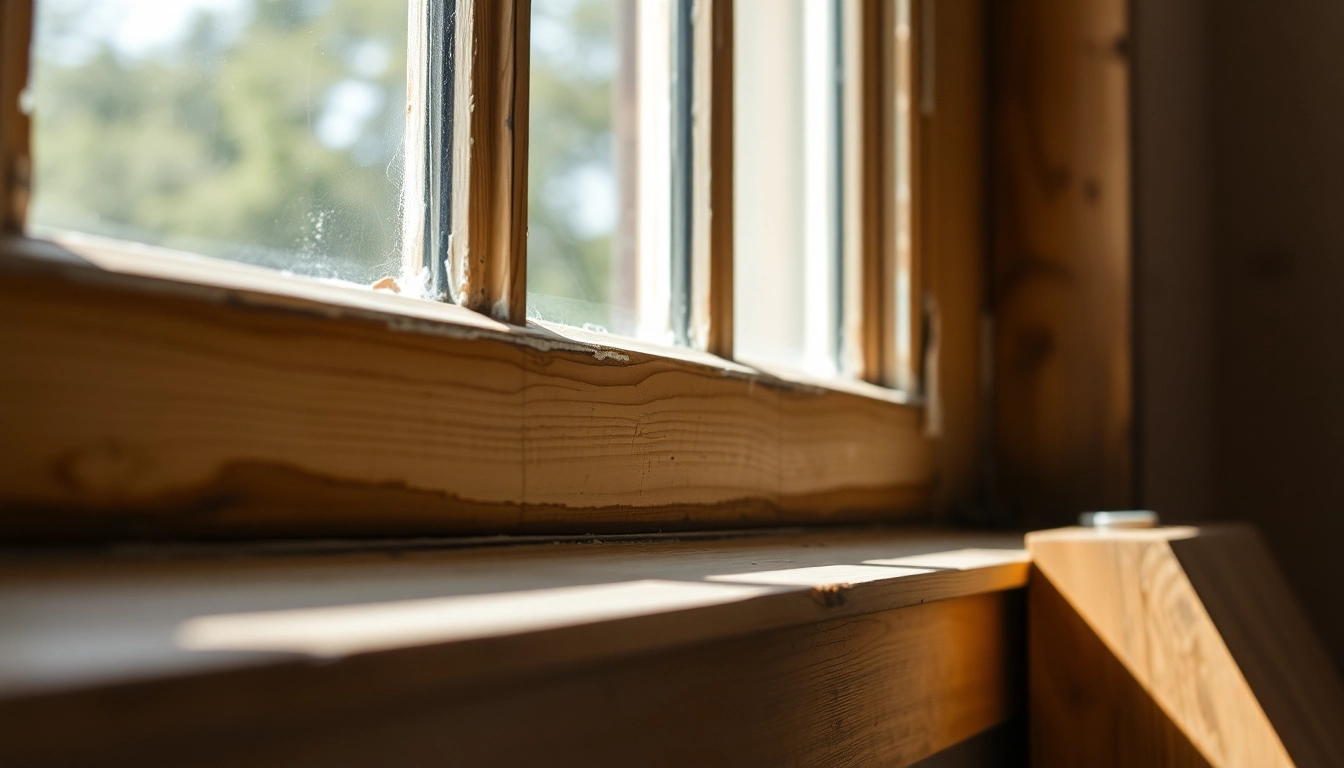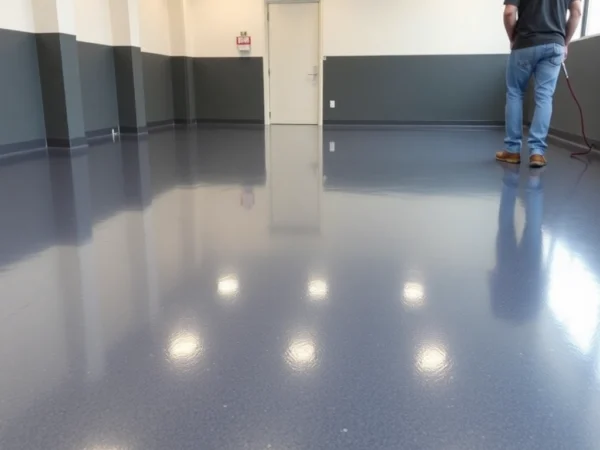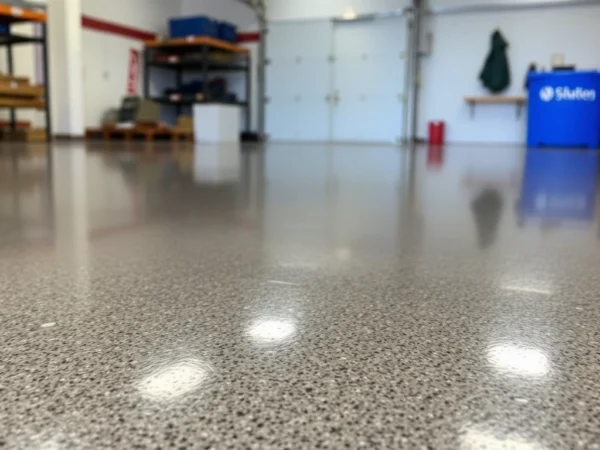Expert Sash Window Renovation Services for Timeless Home Restoration
Understanding Sash Window Renovation: What It Entails
Definition and Scope of Renovation vs. Repair
When considering the maintenance of traditional sash windows, it’s crucial to distinguish between simple repairs and comprehensive renovations.
Sash window renovation encompasses a holistic overhaul of the entire window system, aiming to restore both functionality and aesthetic appeal to its original or improved state. This process involves the careful disassembly, cleaning, repair, or replacement of individual components such as sashes, frames, sills, and hardware while preserving historic features where possible.
On the other hand, repairs typically focus on fixing specific issues—like replacing a broken latch or sealing a draft—without addressing underlying structural or aesthetic deficiencies. While repairs are often quicker and less costly, frequent or neglected repairs can lead to more extensive damage over time, necessitating a full renovation. Renovation, therefore, implies a comprehensive intervention that enhances durability, efficiency, and visual charm, ensuring the window performs reliably for decades.
Common Damages and Signs You Need Renovation
Recognizing when your sash windows require a full renovation is vital for preserving your property’s integrity and your comfort. Common signs include:
- Cracked or broken sash cords: leading to difficulty in opening or closing the window.
- Deteriorated timber: rot, swelling, or decay compromising the structural strength.
- Paint or varnish failure: peeling, blistering, or extensive flaking exposing bare wood.
- Unusual drafts or heat loss: gaps around sashes or frames reducing energy efficiency.
- Broken or foggy glazing: cracked glass or failed sealed units affecting insulation.
- Misaligned sashes: difficulty aligning or securing the window properly.
Addressing these issues early through a professional refurbishment can prevent more costly damage and maintain the window’s integrity, aesthetic, and function.
Key Steps in the Renovation Process
A typical sash window renovation involves several meticulous steps designed to restore the window’s original charm while enhancing its performance:
- Initial assessment and planning: Detailed inspection to identify damages, structural issues, and potential restoration strategies.
- Removal and dismantling: Carefully removing sashes from frames to prevent further damage and facilitate access.
- Cleaning and stripping: Removing old paint, varnish, dirt, and debris using environmentally friendly products and techniques.
- Repair and timber replacement: Restoring or replacing damaged timber components with matching materials, sometimes using epoxy resins for internal stabilization.
- Glass refurbishment: Replacing broken or fogged glass with double or secondary glazing options for better insulation.
- Reconstruction and re-fitting: Reinstalling sashes with proper cord and hardware replacements, ensuring smooth operation.
- Finishing touches: Repainting, sealing, and applying protective coatings to extend lifespan and aesthetic appeal.
Emphasizing precision at each stage ensures the renovation sustains the window’s historic value while imparting modern efficiencies.
Benefits of Professional Sash Window Renovation
Enhancing Home Aesthetics and Value
A beautifully restored sash window is a defining feature of traditional homes, contributing significantly to curb appeal. Skilled renovation preserves or restores intricate mouldings, authentic glazing bars, and period-appropriate hardware, which collectively accentuate the property’s architectural character. Such enhancements appeal to prospective buyers and can boost overall property value, especially in heritage districts or historic neighborhoods.
Moreover, professional upgrades ensure the windows complement the existing architectural detail, maintaining the vintage charm while integrating modern comfort.
Improving Energy Efficiency and Insulation
Old sash windows, if left unrepaired, are notorious for drafts and heat loss, leading to inflated energy bills. Renovation professionals often incorporate modern double glazing into existing frames through specialized retrofit methods, dramatically increasing thermal performance without sacrificing aesthetic authenticity.
Additionally, high-quality draught-proofing and weatherstripping techniques applied during renovation minimize air leakage, substantially improving insulation and reducing noise pollution. This combination of heritage preservation and energy efficiency makes professional renovation a smart investment.
Preserving Historical and Architectural Integrity
For many homeowners, especially those with period properties or listed buildings, maintaining authenticity is paramount. Professional sash window renovation respects the original craftsmanship and utilizes traditional techniques alongside contemporary innovations. Skilled craftsmen can repair or replicate intricate features such as sash cords, lead weights, and decorative mouldings, ensuring the window retains its historic charm.
This preservation effort not only sustains the property’s heritage value but often aligns with legal and civic requirements concerning listed buildings and conservation areas.
Cost Considerations and Budgeting for Sash Window Renovation
Average Prices and Factors Influencing Cost
The cost of sash window renovation can vary widely based on several factors, including the extent of damage, the materials used, and the complexity of the restoration. According to recent industry insights, the average cost to fully refurbish a sash window is approximately £770, with individual sash replacements costing around £400. It’s important to factor in regional price differences, the quality of materials, and whether the project involves historical preservation requirements.
For example, restoring and upgrading existing timber sash windows with high-quality double glazing and professional craftsmanship can range from £500 to over £1,200 per window, depending on size and condition.
Comparing Repair, Restoration, and Replacement Costs
When planning your budget, consider the differences:
- Repairs: Typically cost between £100 and £300 per window for fixing leaky cords, minor timber patching, or replacing glass panes.
- Restoration: Includes a complete overhaul—sanding, repainting, timber repairs, glazing—and generally costs between £400 and £1,000 per window.
- Replacement: Full window replacement, especially with bespoke, period-appropriate designs, can start from £1,200 and go significantly higher for custom features.
Investing in professional restoration often balances cost and aesthetic preservation, providing value by extending the lifespan of your windows.
Tips to Get the Best Value for Your Investment
To optimize your spending:
- Request multiple quotes from reputable specialists to compare prices and services.
- Choose craftsmen experienced with heritage properties and traditional techniques.
- Evaluate the scope of work—prioritize repairs that prevent further damage and consider partial restoration if budget constraints exist.
- Ask about energy-efficient upgrades like low-U-value double glazing to improve insulation longevity.
Additionally, maintaining your windows with routine inspections and minor repairs can prevent more significant expenses down the line.
Choosing the Right Sash Window Renovation Experts
What to Look for in a Professional Service
Selecting a qualified contractor is essential for achieving lasting results. Look for:
- Specialization in heritage and period property restoration
- Demonstrable portfolio of completed projects with before-and-after images
- Positive customer reviews and testimonials
- Clear, itemized quotes outlining scope and costs
- Accreditation with industry bodies such as the Guild of Master Craftsmen or equivalent
Ensuring they follow conservation guidelines and use traditional craftsmanship techniques enhances the authenticity and durability of your renovated windows.
Questions to Ask Before Hiring
To make an informed decision, inquire about:
- Experience with similar properties and historic standards
- Details of the restoration process and materials used
- Approximate timelines and project milestones
- Guarantees or warranties offered on workmanship and materials
- Licensing and insurance coverage
These questions help ensure your project aligns with your expectations and preserves your property’s character.
Tips on Finding Local Skilled Craftsmen
Locating reputable local artisans can be achieved through:
- Recommendations from heritage or conservation societies
- Online directories dedicated to traditional crafts and heritage services
- Visiting local trade exhibitions and craft fairs
- Checking references and visiting ongoing or completed projects
Partnering with craftsmen familiar with regional architecture ensures authentic restorations that meet heritage standards.
Maintaining Your Renovated Sash Windows for Long-Term Durability
Regular Inspection and Upkeep
Maintenance is key to prolonging your sash windows’ lifespan after renovation. Schedule inspections at least annually to identify:
- Signs of timber deterioration or rot
- Damage to paint or protective coatings
- Gaps or drafts indicating weatherproofing failure
- Broken or worn hardware or cords
Addressing issues early prevents costly repairs and maintains performance.
DIY Maintenance Tips
Homeowners can undertake simple upkeep tasks such as:
- Cleaning sashes and tracks regularly to prevent dirt buildup
- Reapplying paint or sealants every few years to protect timber
- Lubricating hinges and locks to ensure smooth operation
- Checking and replacing weatherstripping for drafts
These measures are cost-effective ways to keep your renovated windows functioning optimally.
When to Schedule Professional Assessments
Even with routine DIY maintenance, professional inspections are recommended every 3-5 years, or sooner if you notice issues such as staining, swelling, or difficulty in operation. Experts can identify latent problems and recommend interventions before they develop into extensive damage.










